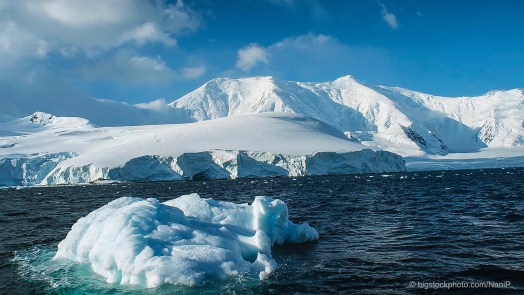
It is becoming more and more difficult for the naysayers to deny that we are facing climate change. Some areas are experiencing too much rain, while others are facing catastrophic drought. It is hard to miss the changes in ocean temperatures and how that is affecting ocean life. People have offered all kinds of solutions to stop or reverse what is going on in the world’s climate, but the solutions are expensive and unproven. Perhaps we need to turn to God’s solution for climate change.
Science News published an extensive series of reports under the title “Can Trees Save the World.” The subject matter is broken into three major topics: (1) The Promise and Pitfall of Trees (2) First, Protect Today’s Forests (3) The Forested Farms of the Future. The articles point out the many things trees do to provide climates in which humans can survive.
For example, trees capture and sequester carbon, break up the soil, and inject nutrients into all kinds of soils. Trees provide food for a wide variety of life forms, including humans. Those food sources include fruit, fungus, and plant materials. The report gives an encouraging message of how trees can change the climate situation that threatens humans today,
It is worth noting that according to the Genesis account, the first form of life God created was plants (Genesis 1:11). This was before He established the Sun and Moon as controllers of “signs and for seasons and for days and for years.” The sequence of plants in these verses is “deshe” (grasses), “eseb” (herbs – gymnosperms), and finally “ets peri zera” (tree yielding fruit whose seed is in itself).
Scientific evidence shows that plants were major factors in producing a climate that would allow humans to exist. It seems that correcting our climate problems should involve repeating what God used initially to prepare the planet for human life. We need to turn to God’s solution for climate change.
— John N. Clayton © 2021
Reference: Science News for July 3/July 17, 2021, pages 19 -35.





 We have previously discussed the movement of air around the Earth, and the circulation pattern called the
We have previously discussed the movement of air around the Earth, and the circulation pattern called the  One of the struggles we all have is understanding
One of the struggles we all have is understanding 

